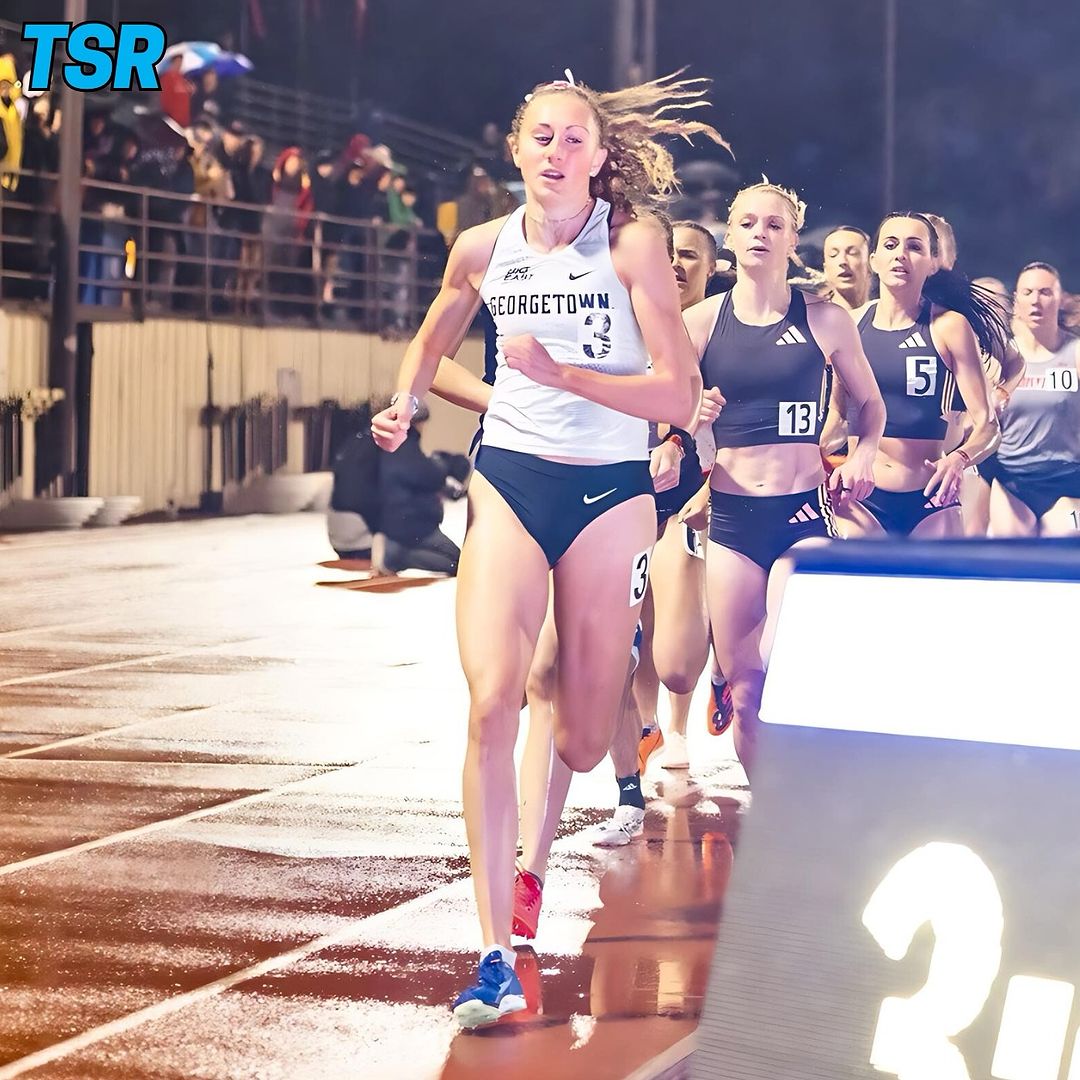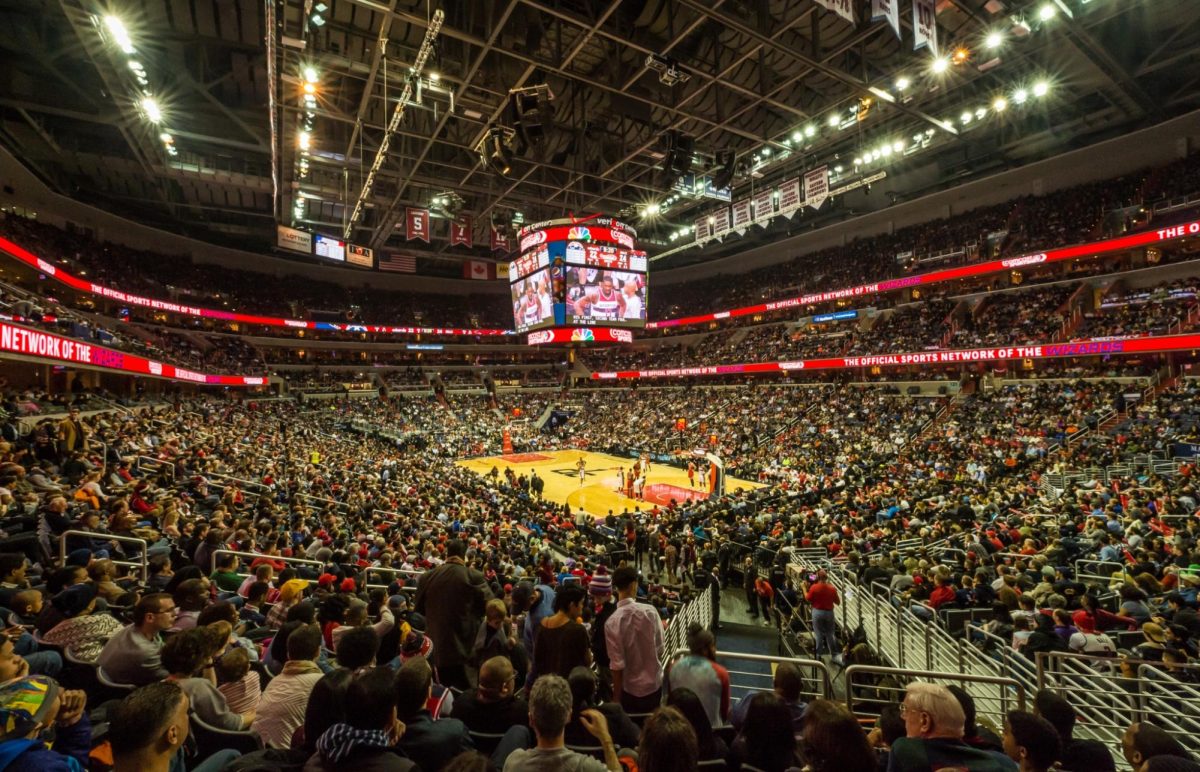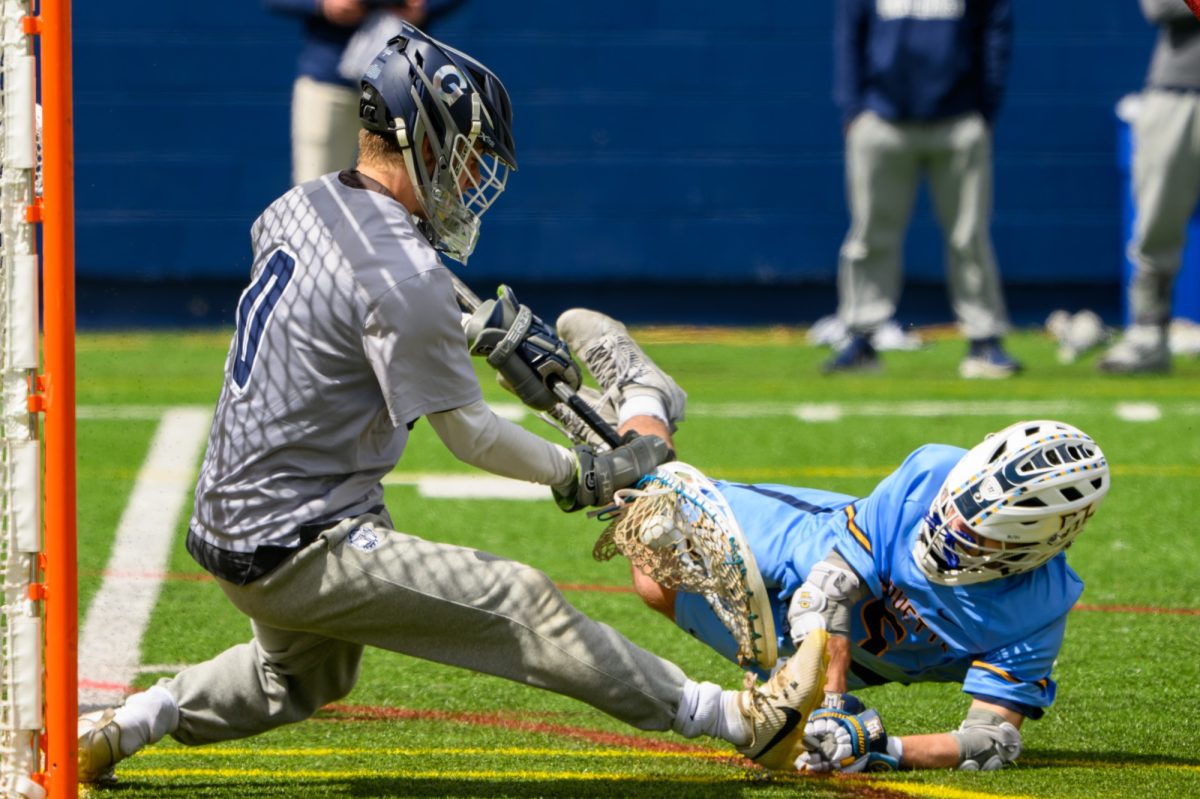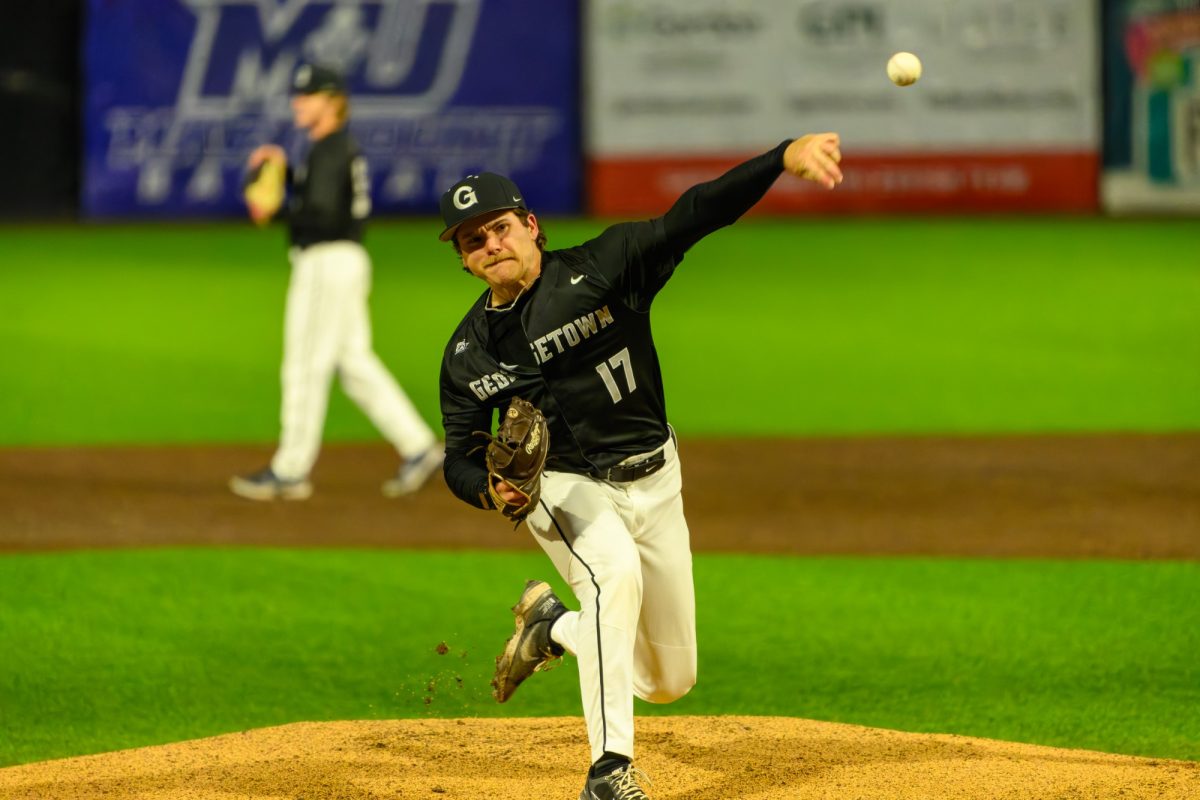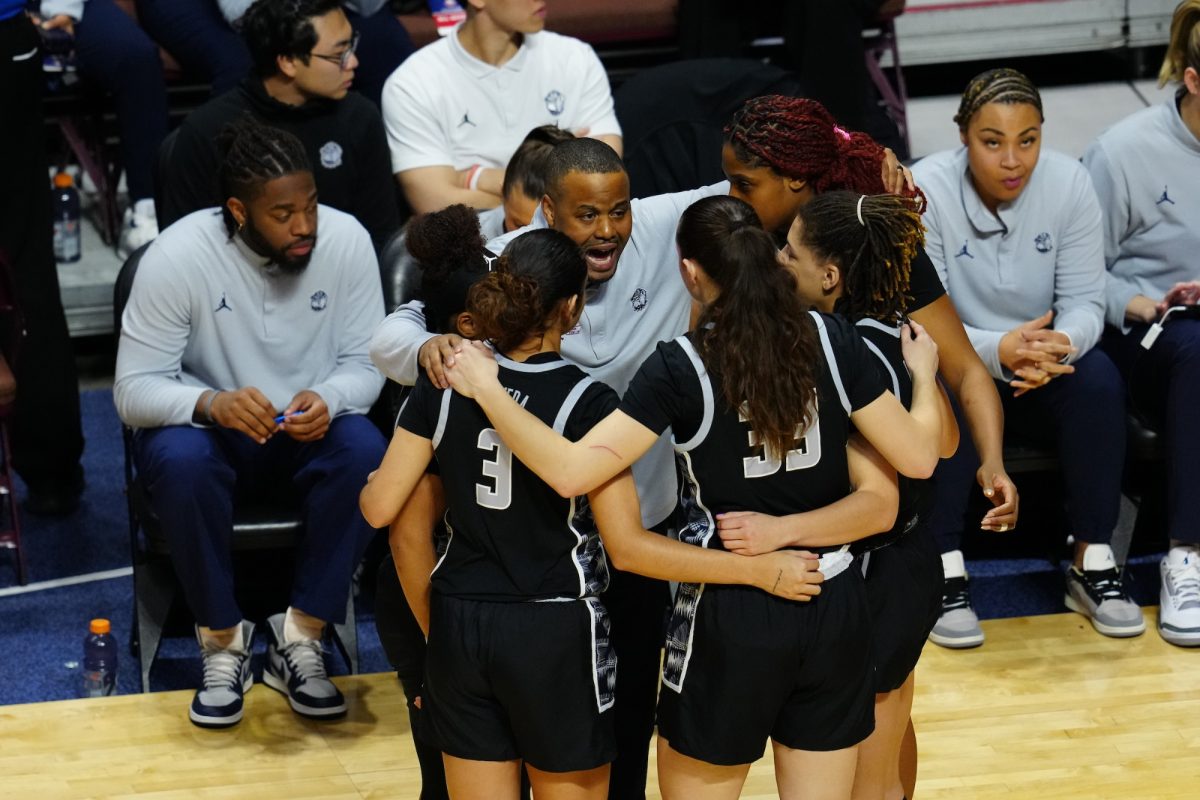The connection between the NFL and concussions is undeniable. Just take the time to watch a single game — chances are, a player will go down showing at least some symptoms of head injury. Concussion protocols are in place, but more often than not players will elect to deny their symptoms and continue playing. Now, imagine that happening several times a season, starting with Pop Warner leagues and high school varsity teams, and ranging to Division I NCAA programs and the NFL. Even when players do not suffer full-blown concussions, these constant instances of head trauma build up and have longterm impacts.
The reality of this has become sharper in recent years. In March 2015, San Francisco 49ers linebacker Chris Borland announced that he would retire out of concerns for the longterm impact of head trauma. Former Houston Texans running back Arian Foster has publicly said he does not want his children playing football. Even in the NBA, Cleveland Cavaliers forward LeBron James has expressed similar sentiments.
Most recently, Detroit Lions wide receiver Calvin Johnson abruptly chose to retire. Johnson, arguably one of the best receivers in the league, totaled 11,619 yards in his career while pulling down 731 receptions for 81 touchdowns. A two-time All-American at Georgia Tech and a six-time Pro Bowler, the 30-year old athlete had seemed to many to have a few more years left in him to help lead the Lions in a more successful direction. When Johnson retired, he provided little information regarding what drove him to hang up his cleats. Aside from a formal press release expressing his gratitude to the Lions organization and emphasizing how difficult a decision it was to choose to retire, Johnson was relatively silent.
A couple weeks ago, he finally opened up. In an E:60 interview on ESPN, Johnson detailed the toll that playing in the NFL took on his body: “Concussions happen, if not on every play, then they happen like every other, every third play. … I don’t know how many I’ve had over my career … but I’ve definitely had my fair share.” Johnson added that NFL players relied on painkillers before and after games, and it was extremely easy to access such types of drugs. He said it was even difficult to walk when he woke up in the morning.
Back in March, the NFL’s Senior Vice President for Health and Safety Policy Jeff Miller publicly stated that there exists a link between football and degenerative brain disorders. Johnson’s retirement reveals that this claim is not only being realized in the NFL’s administrative offices and on Capitol Hill, but in the locker room as well. His narrative legitimizes the concussion epidemic in football, and his retirement signifies that this issue may drive the league’s top athletes to conclude their careers long before their expected expiration date.
Johnson’s interview has come at a time where NFL players, officials, owners, coaches and fans are at a crossroads. While Johnson gives detailed accounts of the concussion epidemic and the list of former NFL players with CTE grows, team owners like the Dallas Cowboys’ Jerry Jones and the Indianapolis Colts’ Jim Irsay deny the connection between the longterm impacts of football on players’ mental and physical health.
With so many conflicting narratives, it is difficult to see the sport significantly changing in the near future in order to alleviate its risks. Even if there were a strong consensus across the league and all 32 teams to make football safer, that task is much easier said than done. The sport of football is inherently dangerous, which is why the types of trauma that players experience “every other play,” according to Johnson, have become the norm. Optimism is important, but frankly hoping for institutional changes to the sport is a lost cause.
However, what we can hope for is that players like Johnson take similar initiatives and retire before they push their bodies to the extreme. One could argue that playing professional football is already doing just that, but telling professional athletes who spent upwards of 22 years preparing for professional ball to drop everything they have dreamed of is too ambitious. Small steps are what will bring football to a safer space, and Johnson has started us down that path.
 Madeline Auerbach is a senior in the College. Any Given Friday appears every Friday.
Madeline Auerbach is a senior in the College. Any Given Friday appears every Friday.






